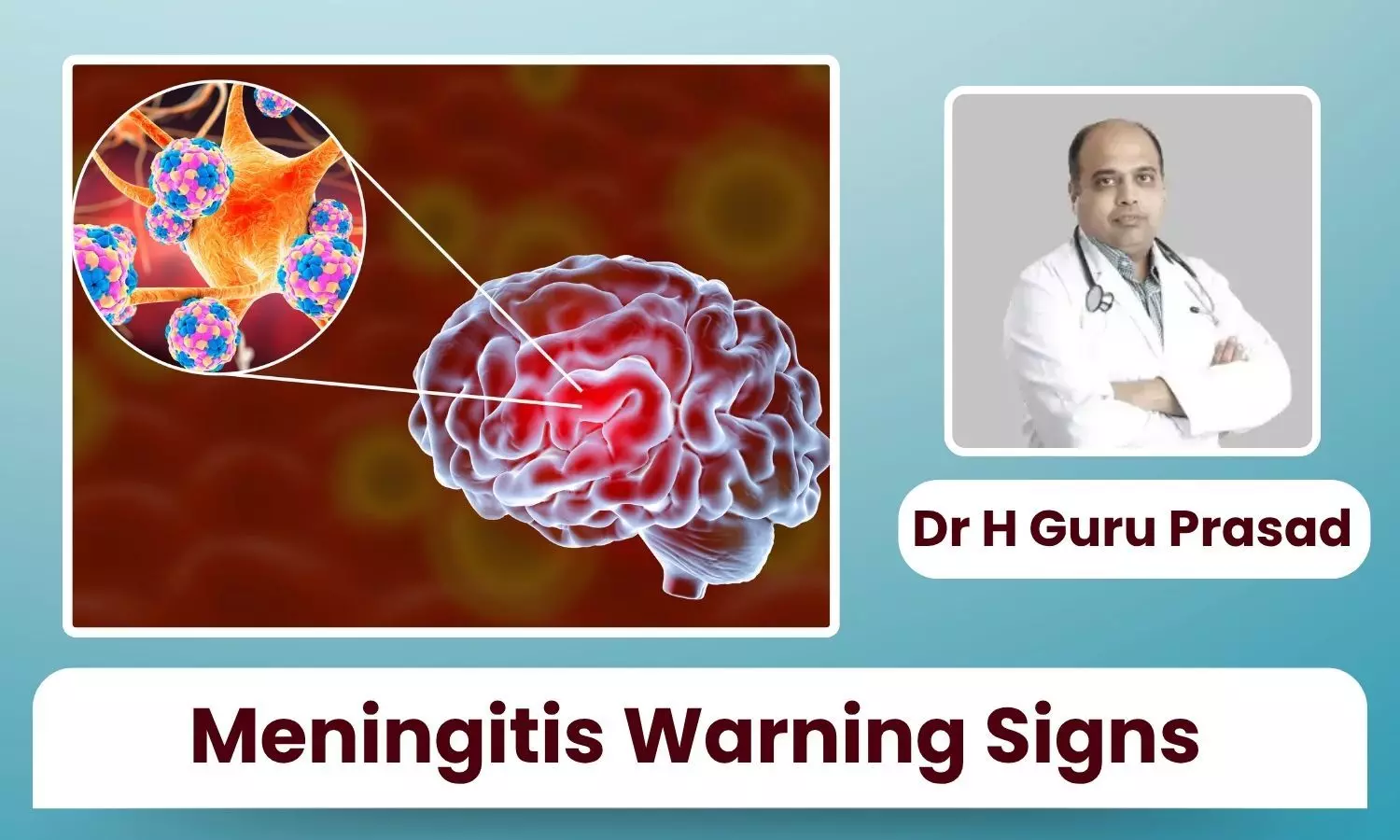Misdiagnosis Risks: When Meningitis Looks Like Flu or Migraine - Dr H Guru Prasad

Early meningitis can be tricky. Often, it doesn’t come with the dramatic symptoms people expect. Many patients start with just a headache, mild fever, or fatigue. Sometimes, it feels like a regular flu or even a bad migraine. That’s exactly why it can be missed.
People usually think of stiff necks or rashes when they hear “meningitis.” But those signs don’t always show up at first. A person may wake up feeling off tired, slightly feverish, maybe nauseous. They might shrug it off, thinking it’s stress, poor sleep, or a seasonal virus.
Even doctors can be caught off guard because, early on, these symptoms are not very specific. There are warning signs if you know where to look. Headaches that keep getting worse instead of easing up. Nausea that doesn’t seem to have an obvious cause. Sensitivity to light.
Fever that spikes quickly. Sometimes, small changes in alertness or mood happen before anything else. Family members might notice the person seems “different” or more confused than usual. Those subtle changes matter, even if the patient appears relatively fine.
Classic signs such as stiff neck or rash may appear later, or not at all in some cases. That’s why relying only on textbook symptoms is risky. The infection can quietly progress while the patient seems almost normal.
Mild flu-like symptoms can be deceptive, lulling both patient and family into thinking nothing serious is happening. Doctors begin with careful questioning and a thorough physical check. If meningitis is even a possibility, further tests become necessary blood tests, imaging, or sometimes a lumbar puncture.
These procedures aren’t exactly pleasant, and they can feel intimidating, but they are often lifesaving. Confirming the diagnosis early makes it possible to start treatment quickly, usually with antibiotics or antivirals. Acting promptly can prevent serious complications brain damage, hearing loss, or worse.
Certain risk factors make early vigilance especially important. Recent exposure to someone with meningitis, a weakened immune system, chronic illness, or being part of a crowded community setting such as schools or hostels can increase susceptibility.
Awareness of these factors can help clinicians and families act faster when symptoms appear. Patients and families also play a vital role. Keeping track of symptoms, noting anything unusual, and speaking up early can make a real difference.
If a headache or fever is persistent, unusually severe, or unlike anything experienced before, it should not be ignored. Even minor changes in alertness, mood, or behaviour can signal that the central nervous system is involved.
Awareness remains the biggest challenge. Meningitis is rare compared to seasonal flu, but its impact is severe and rapid. Waiting a day or two “to see if it passes” can change outcomes dramatically.
Doctors must stay alert, particularly during flu season or when someone reports repeated headaches. And patients must trust their instincts; often, people sense when something is “off” before classic signs appear.
Early meningitis can be easily mistaken for a viral illness or migraine. Paying attention to unusual symptoms, seeking timely medical care, and trusting professional advice is the safest approach.
Even mild-looking illness can hide danger. Acting promptly can protect lives. It’s important to remember that vigilance, not panic, is the key. Not every headache or mild fever is meningitis. But understanding the subtle warning signs, noticing changes in yourself or loved ones, and taking early action can save precious time.
In diseases like meningitis, minutes matter. Being proactive asking questions, following up with a doctor, and advocating for proper tests is not overreacting. It’s responsible care.
Disclaimer: The views expressed in this article are of the author and not of Health Dialogues. The Editorial/Content team of Health Dialogues has not contributed to the writing/editing/packaging of this article.


